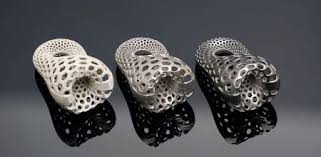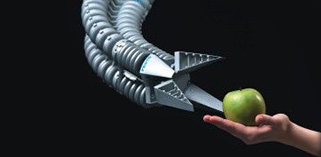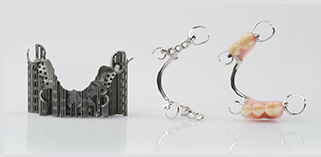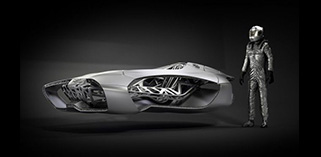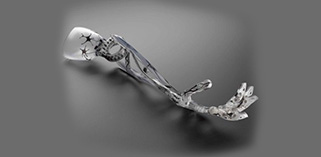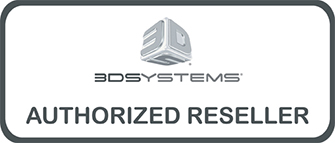What is Additive Manufacturing?
- Additive Manufacturing (AM) refers to a process by which digital 3D design data is used to build up a component in layers by depositing material.
- AM builds up components layer by layer using materials which are available in fine powder form. A range of different metals, plastics and composite materials may be used. This group of technologies include Selective Laser Melting, Direct Metal Laser Sintering and Laser Cusing among others.
- Additive Manufacturing enables the fast, flexible and cost-efficient production of parts directly from 3D CAD data – a technology that helps you to perform your tasks in an innovative way.
Benefits of Additive Manufacturing:
The strengths of Additive Manufacturing lie in those areas where conventional manufacturing reaches its limitations. The technology is of interest where a new approach to design and manufacturing is required so as to come up with solutions. It enables a design-driven manufacturing process - where design determines production and not the other way around. What is more, Additive Manufacturing allows for highly complex structures which can still be extremely light and stable. It provides a high degree of design freedom, the optimization and integration of functional features, the manufacture of small batch sizes at reasonable unit costs and a high degree of product customization even in serial production.
Industry and Markets:
Aerospace
- The aerospace industry is a key growth market for Additive Manufacturing. Engine and turbine parts as well as cabin interior components are typical applications for Additive Manufacturing.
- Manufacturer-specific adaptations and small production runs are further arguments in favour of Additive Manufacturing technology. This is why leading aerospace companies have integrated AM into their planning of future production strategies.
Automotive
Rapid prototyping based on Additive Manufacturing also means automobile manufacturers can increase the efficiency of their research and development processes, enabling them to get their products on the market more quickly.
Medical
Every person is unique. Therefore, optimal patient care in dentistry, orthopaedics and implantology requires medical products that provide a perfect fit. There is a high demand for one-off components and components produced in small production runs whose materials and manufacturing standards have to fulfil extremely stringent quality requirements. This also applies to specialised surgical instruments and medical devices. In addition, these products must be made available quickly and cost-effectively.

